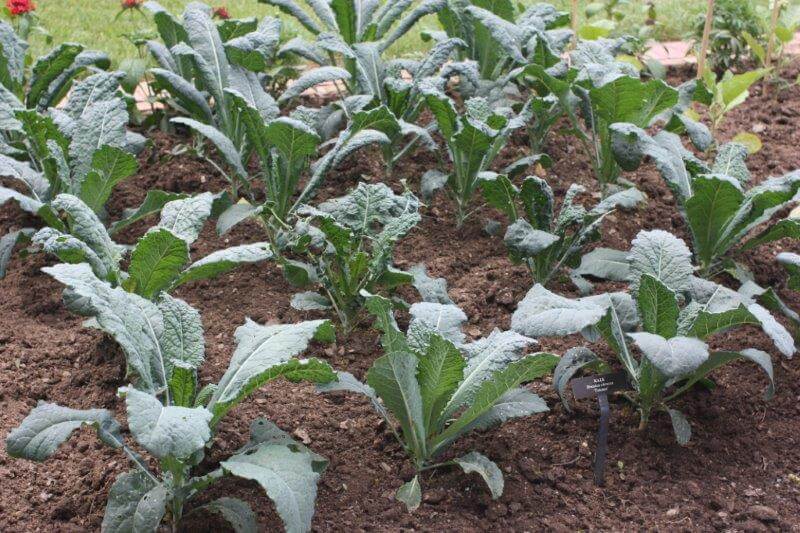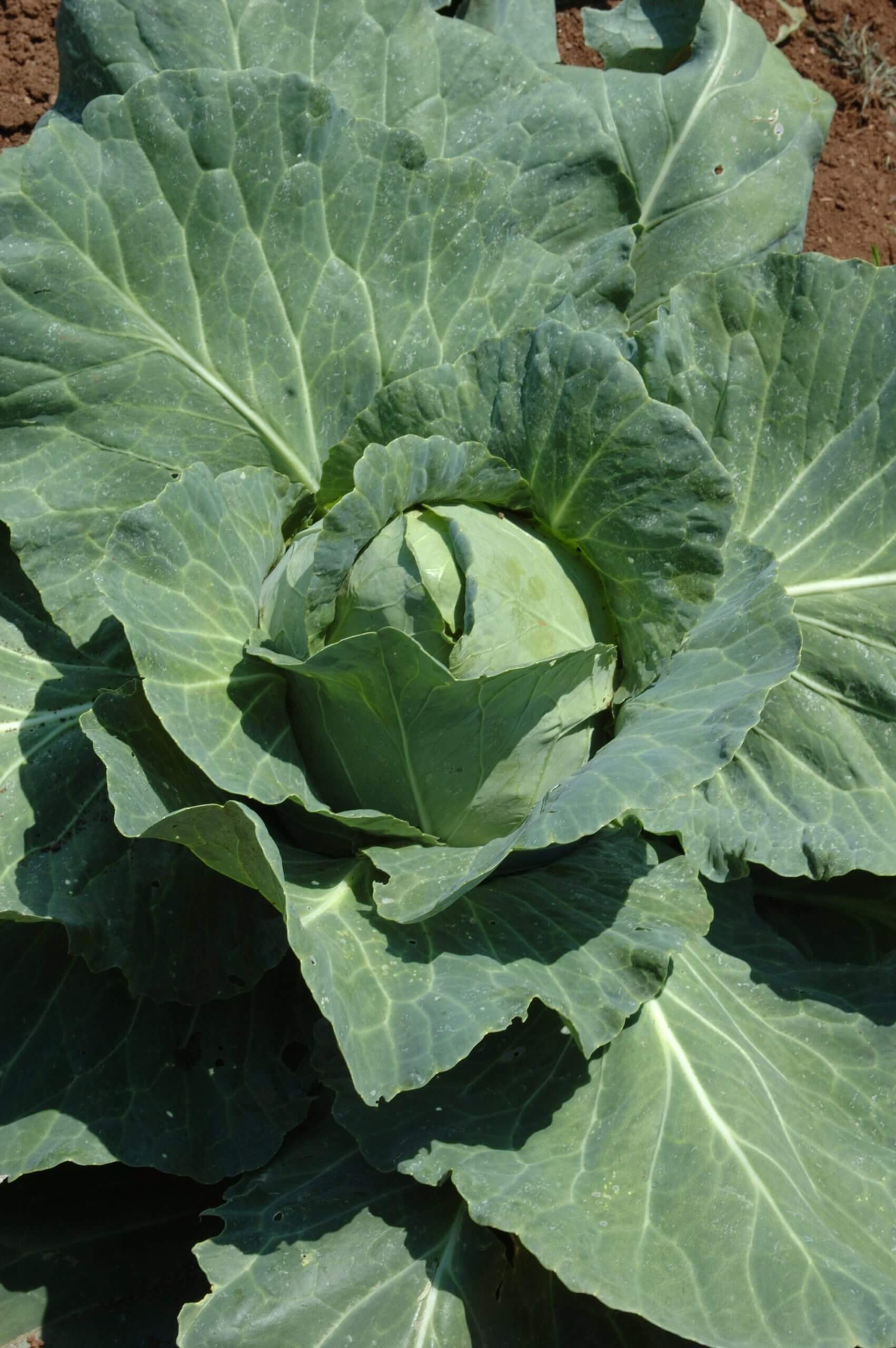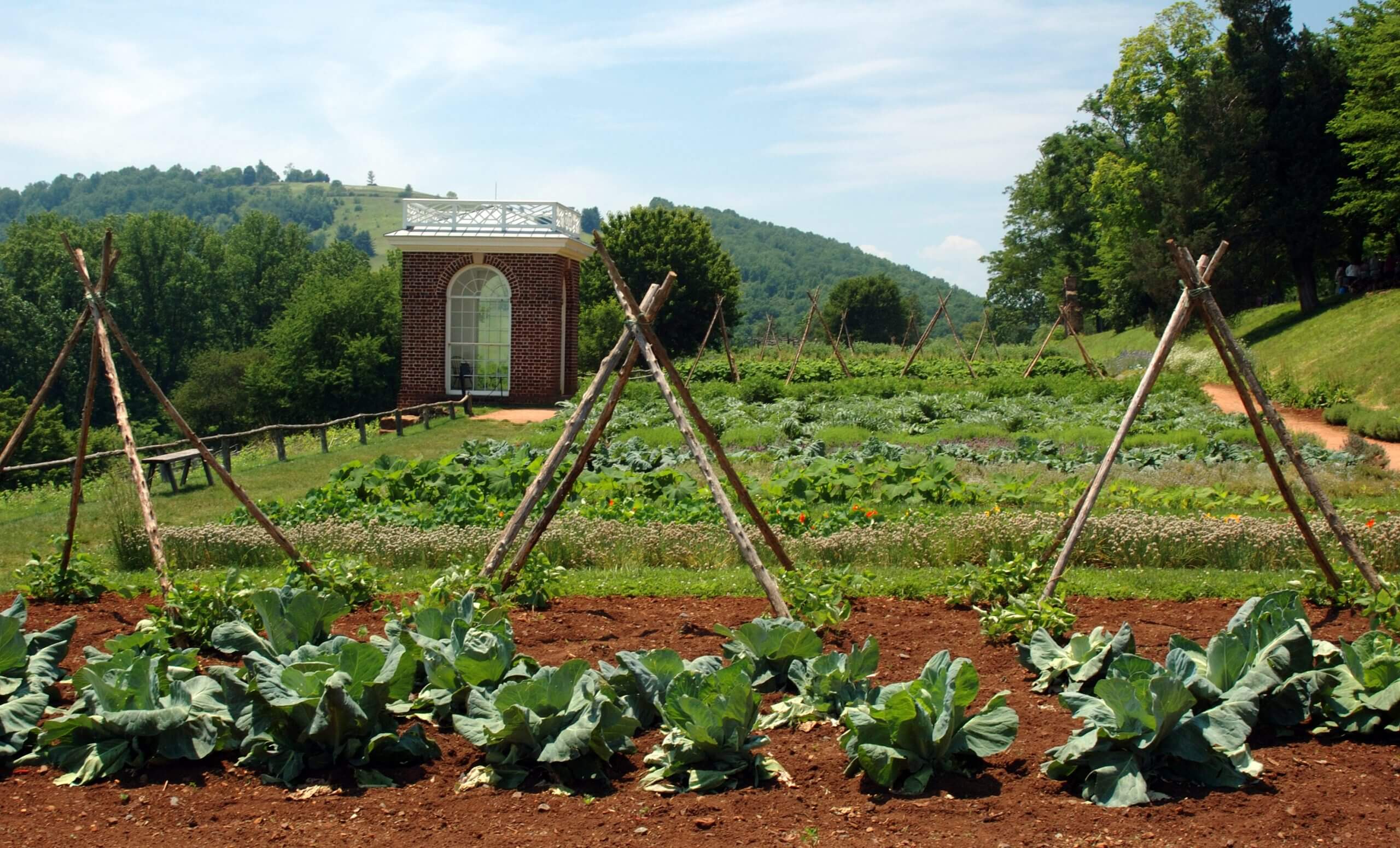
“Eat your Greens!” is a familiar directive to consume some form of the Mustard Family, formally referred to as Brassicaceae or Cruciferae. And, what a large family of leafy vegetables it is! Its members, called brassicas or cole crops, include many adored (or abhorred) leafy edibles such as Brussels sprouts, cabbage, Chinese cabbage, kale, mustard greens as well as collards, bok choy, pak choi and arugula, among others.

It seems that you either grow up loving or loathing fall greens. The same extremely beneficial veggies, heralded by nutritionists and moms everywhere, can strike terror in a finicky eater staring at a mushy pile of bitter, odiferous, boiled leaves pushed to one side of a dinner plate. The distinctive odor produced by overcooked Cruciferae may be what deters the uninitiated from even trying something like collard greens or Brussels sprouts. Many cole crops emit sulfur-containing compounds that stink to high heaven when the leaves are cooked to the point of deterioration. So, if you can’t stand the smell, enjoy these delicacies either raw, quickly blanched, very lightly sautéed, briefly roasted, or pickled in the manner of cabbage turned into sauerkraut.
Though very diverse in taste and use, a common cole crop garden trait is that they can tolerate cooler temperatures, making them a perfect addition to the edible autumnal garden. Many leafy greens will withstand the first freeze, and traditional folk wisdom (and science) says that collard greens taste even better after a hard frost has touched them. That’s because frost causes the leaves to release sugars and sweeten up.

Cole crops can be planted in spring or fall. Early spring is the best time for early season plantings, and late summer to early fall is the best time to directly sow most brassica seeds into your soil or transplant seedlings from your local garden center. The first rule for success is that cole crops should be grown in well-prepared, quick-draining soil in a full sun site. Since their roots run deep, prepare garden beds by amending soil with Black Gold ® Garden Compost, which offers a mixture of peat moss and aged compost to improve soil moisture retention, aeration and drainage. This top-quality garden amendment is also OMRI listed for organic gardening.
If you are gardening in a new area, consider amending with Black Gold Garden Compost Blend because it is rich in organics. It will improve soil health and structure, but you can be assured plants will be provided a fertile place to grow. The addition of a quality vegetable fertilizer or Black Gold Earthworm Castings Blend will give them the nutrients they need to really thrive.
Water well when planting and remain diligent about providing supplemental water, if fall proves to be drier than usual. Most leafy greens prefer at least one-inch of water per week.
Another easy way to enjoy the beauty of cole crops this fall is to grow them in containers. I like to plant kales and cabbages in groups of three in larger pots filled with Black Gold® Natural & Organic Potting Mix, which is OMRI listed for organic gardening and recommended for containers and raised beds. (Enriched with earthworm castings, it contains mix of peat moss and compost in addition to perlite and pumice to ensure good aeration.) I then underplant my veggies with pansies or violas for a spot of complimentary winter color.
A final bit of advice – you may have noticed ornamental cabbage and kale for sale at your local garden centers this time of year. Keep in mind that these specialty decorative plants may have been sprayed with fertilizers or growth inhibitors that should not be ingested, so if you want edible cole crops, be sure to ask your garden center professional for organically grown vegetable starts.


